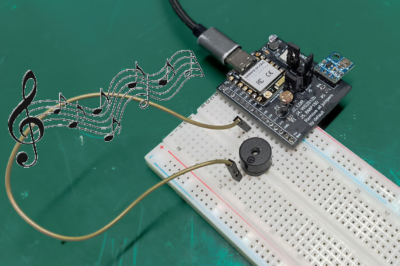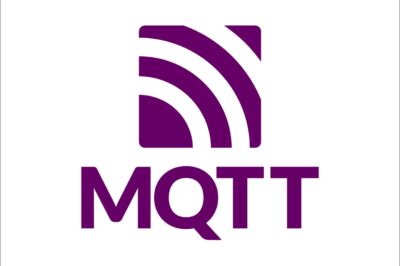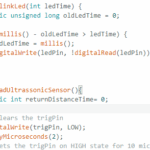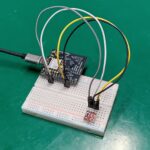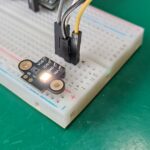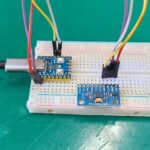fritzenlab
-
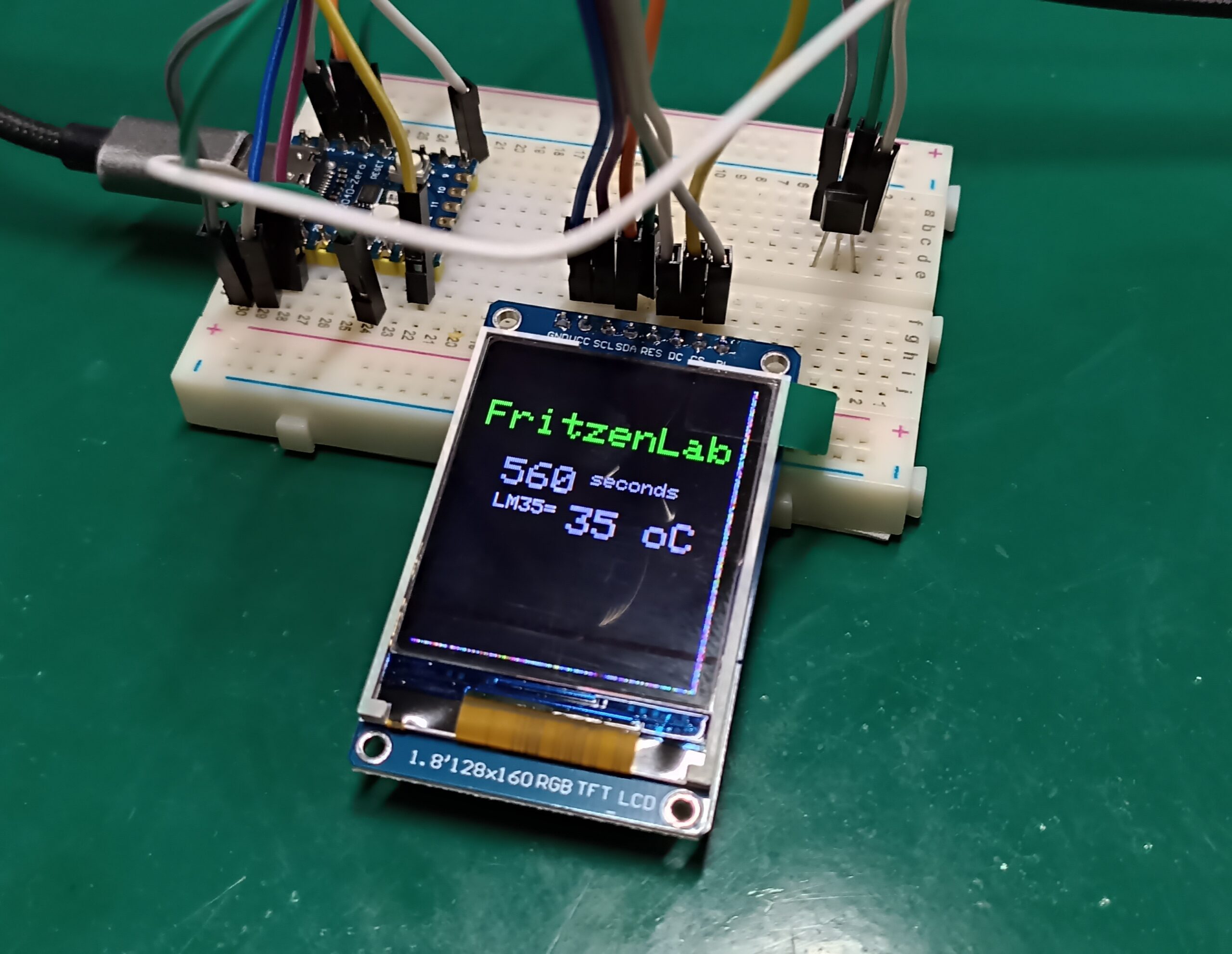
ST7735 TFT LCD display
In this article we will learn how to use the ST7735 TFT LCD display with Raspberry Pi RP2040 Zero and…
-
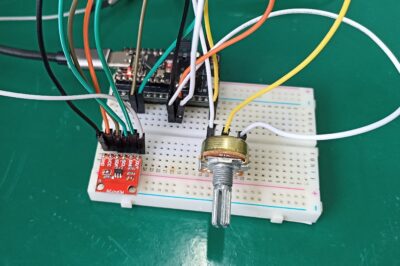
Create analog voltage with MCP4725
Today I bring you a way to create analog voltage with MCP4725, a DAC (digital to analog) chip. We are using ESP32-C3 and Arduino code
-
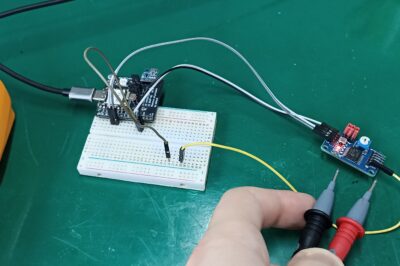
Create analog voltage with PCF8591
I will teach you how to create analog voltage with PCF8591 and ESP32 in the Arduino IDE. Voltage between 0 and 3.30V from the serial monitor
-
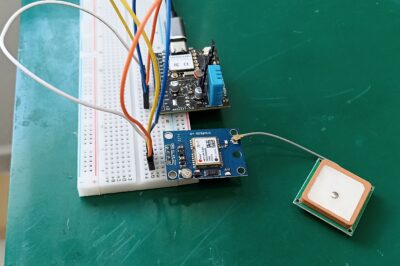
GPS tracking with ESP32-C6
I will teach you how to implement a GPS tracking with ESP32-C6, using softSerial and showing data on Arduino IDE’s serial monitor
-

7 segment LED display and ESP32-C6 – common anode
Learn how to control a 7 segment LED display and ESP32-C6, to show numbers and letters. We will use a function to control it
-
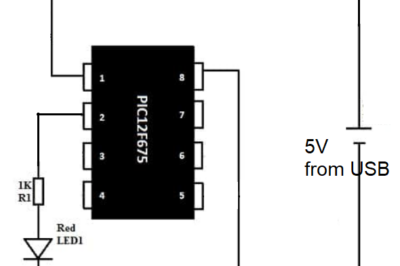
Blinking an LED with PIC12F675 and MPLAB X
Let’s get blinking an LED with PIC12F675 and MPLAB X, using the PICkit3 programmer and without delay() function (using interrupts)
-
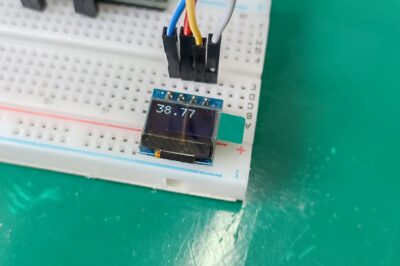
Tiny 0.49″ OLED display
Today we will learn how to control and use the Tiny 0.49″ OLED display from Aliexpress, a real tiny interface device
-
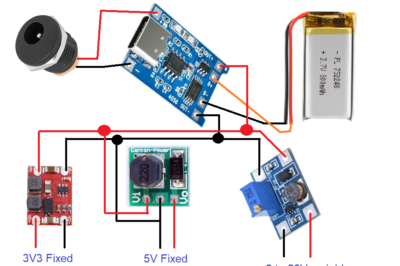
Power Arduino and ESP32 from batteries
Let’s dive in and learn how to power Arduino and ESP32 with batteries, using a few Aliexpress modules on the way. All safe and sound.
-
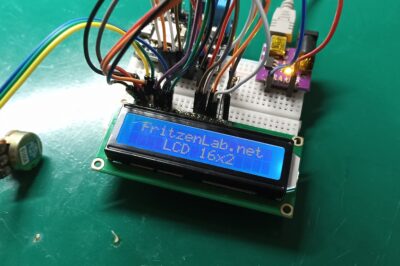
16×2 LCD display with ESP32
Let’s get controlling a 16×2 LCD display with ESP32, using the Arduino IDE and a simple library. It can control various sizes of displays.
-
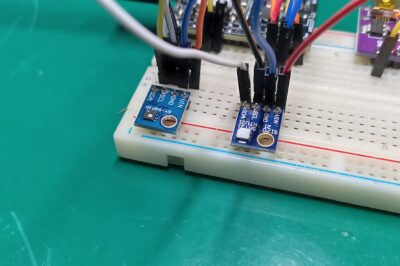
SGP40 air quality sensor with ESP32
Today I will show you how to write code and test the SGP40 air quality sensor with ESP32 and Arduino code. It needs a companion SHT21
-
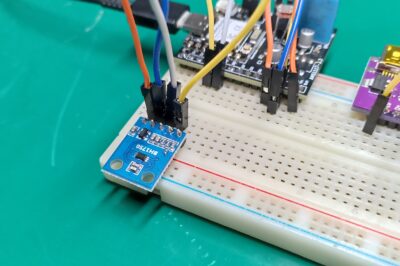
Human eye light level sensor BH1750
Let’s study the human eye light level sensor BH1750, a sensor capable of sensing between 1 and 65535 Lux via i2c
-
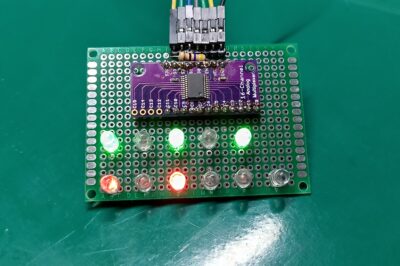
Binary clock with ESP32 and API
I am showing you how to implement a binary clock with ESP32 and API, getting hour and minute from the internet and showing in LEDs
-
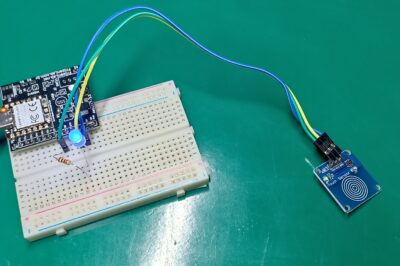
Capacitive touch and debounce with Renesas RA4M1
I am showing you how to implement a capacitive touch and debounce with Renesas RA4M1 and TTP223b touch controller, using Arduino code
-

DIY RGB light box with Arduino
Let’s get to making a RGB light box with Arduino, using WS2812b neopixels and Arduino Pro mini, battery powered
-

Blinking commemorative keychain
Let me show you how I made a blinking commemorative keychain, made of PCB and a simple oscillator circuit (3 components)
-
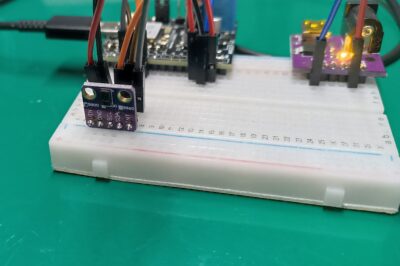
APDS9900 cellphone presence sensor
Let’s learn how to use the APDS9900 cellphone presence sensor, a light and presence sensor by Broadcom for cellphones
-
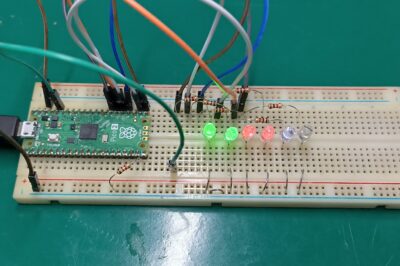
Electronic dice with Raspberry Pi Pico 2
I’m implementing a full electronic dice with Raspberry Pi Pico 2, using the random() function of the Arduino IDE and LEDs
-
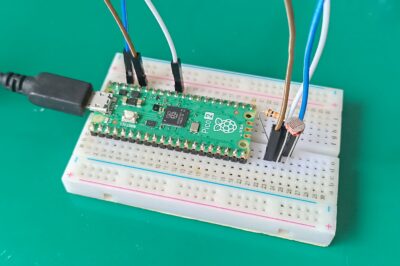
Using a LDR light level sensor
Let’s get using a LDR light level sensor to sense the amount of light in the environment around. I am using a Raspberry Pi Pico 2
